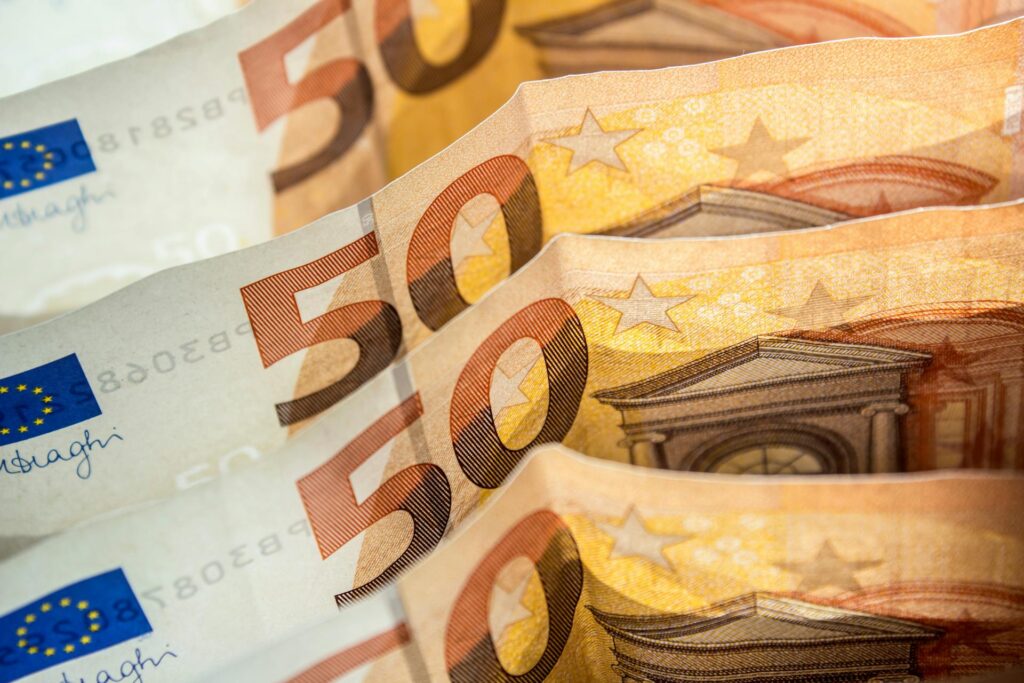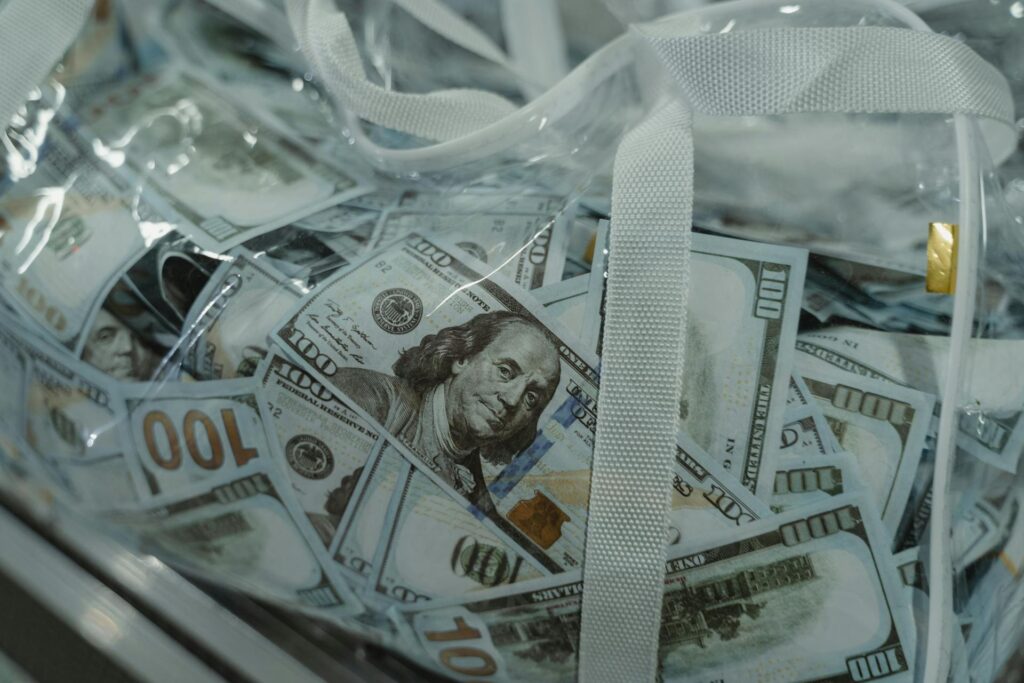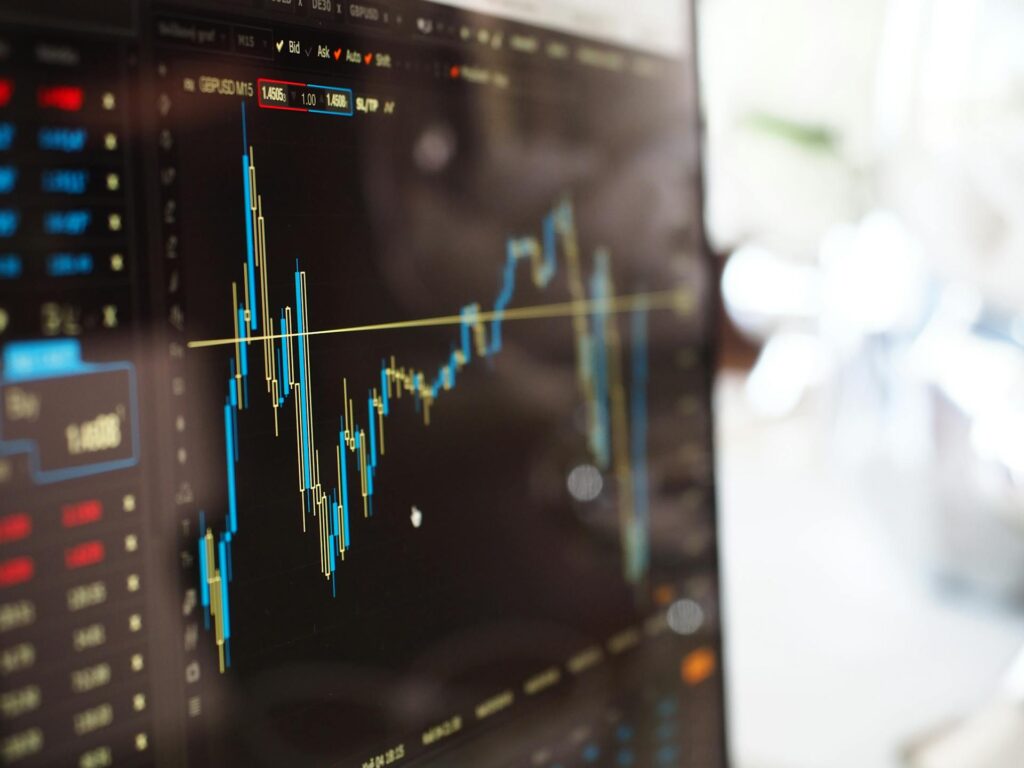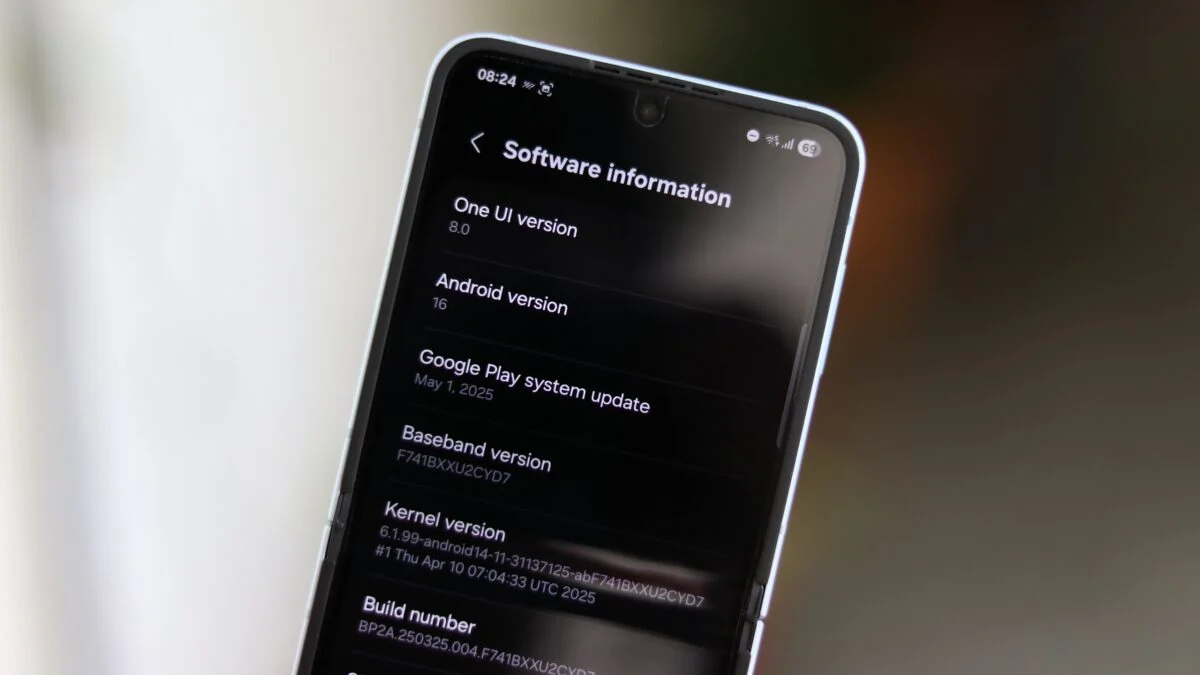The financial markets in 2025 remain unpredictable, with lingering inflation, geopolitical risks, and shifting Fed policies. If you’re looking for the safest ways to invest this May while still earning reasonable returns, this guide covers low-risk strategies for Safe Investing to preserve and grow your wealth.
1. Cash & Cash Equivalents (Safest Options)
Let’s talk about the unsung hero of finance – good old cash and its trusty sidekicks. You know that feeling when you’ve got some bills tucked away in your wallet for emergencies? That same comforting principle applies to businesses, just on a bigger scale. We’re talking about the money that’s always within arm’s reach – whether it’s physical cash, funds sitting pretty in checking accounts, or those reliable short-term investments that can transform back into cash almost as fast as you can snap your fingers.
What makes these so special? Three beautiful qualities: they’re ready when you are, they don’t play the value rollercoaster game, and they’ve got your back when life throws curveballs. For companies, maintaining this cash cushion is like keeping an umbrella at your desk – most days it just sits there, but when the storm clouds roll in, you’ll be patting yourself on the back for being prepared.
The truth is, while cash equivalents might not make headlines with flashy returns, they’re the steady heartbeat of any solid financial plan. It’s why even the savviest investors always keep some dry powder ready – because opportunities (and emergencies) have a funny way of showing up unannounced.
So what’s your money personality? Are you the type who likes keeping cash close, or do you prefer putting every dollar to work? I’m genuinely curious to hear where you stand on this!
For zero market risk, these are the top choices:
A. High-Yield Savings Accounts (HYSAs)
– Current APY: ~4.5%–5.0% (FDIC-insured)
– Best for: Emergency funds, short-term savings
– Top Picks: Ally Bank, Marcus by Goldman Sachs, Capital One

B. Money Market Funds
– Yield: ~4.7%–5.2% (Very liquid, low risk)
– Best for: Parking cash while waiting for better opportunities
– Top Picks: Vanguard Treasury Money Market (VUSXX), Fidelity Money Market Fund (SPAXX)
C. Certificates of Deposit (CDs)
– Current Rates: ~4.75%–5.25% (for 6–12 months)
– Best for: Locking in guaranteed returns
– Strategy: Ladder CDs (e.g., 3-month, 6-month, 1-year) to maintain liquidity
2. U.S. Treasury Securities (Risk-Free Returns)

When it comes to safe havens for your money, U.S. Treasury securities are about as close to a sure thing as you can find in investing. Think of them like the financial world’s version of a sturdy, reliable umbrella – they may not be exciting, but you’ll be incredibly grateful to have them when storm clouds appear. The government essentially promises, “We’ve got you covered,” making these investments uniquely trustworthy in an unpredictable market.
These Treasury options come in different timeframes to suit various needs – from short-term bills to longer-term notes and bonds – but they all share that golden government guarantee. What makes them so special isn’t just their safety, though. They serve as the financial foundation that everything else gets measured against. It’s like having a fixed point on the horizon that helps sailors navigate – investors and economists use Treasury rates as their true north when evaluating riskier opportunities.
In your investment portfolio, Treasuries play the role of the steady, responsible friend who keeps you grounded. While they might not deliver flashy returns, they provide something arguably more valuable: peace of mind. Whether you’re a retiree looking for stability, a young investor building your first portfolio, or a financial professional modeling market behavior, these government-backed securities offer a rare combination of reliability and usefulness that’s hard to find elsewhere in the financial world.
Backed by the U.S. government, these are the safest bonds available.
| Type | Duration | Current Yield | Best For |
|---|---|---|---|
| T-Bills | 1–12 months | ~4.6%–5.0% | Short-term safety |
| T-Notes | 2–10 years | ~4.4%–4.8% | Steady income |
| TIPS | 5–30 years | ~2.0% + inflation | Inflation protection |
Why Treasuries?
– No default risk (backed by U.S. government)
– Tax benefits (no state/local taxes)
– Liquidity (easy to sell in secondary market)
3. Investment-Grade Bonds (Higher Yields, Still Safe)

For investors walking the tightrope between risk and reward, investment-grade bonds offer that sweet spot of decent returns without losing sleep over safety. Picture them as the reliable sedan of the bond world – not as flashy as sports cars (high-yield bonds), but far more dependable than beat-up old clunkers (junk bonds). These bonds come from financially stable companies and governments that have proven they can pay their bills, making them a comforting presence in any conservative portfolio.
Sure, you won’t get the eye-popping yields of riskier bonds, but you’ll sleep better knowing your money is in good hands – while still earning more than you would with ultrasafe options like Treasuries or savings accounts. It’s this Goldilocks balance – not too hot, not too cold – that makes them so appealing for investors who want to grow their money without gambling it away. Whether you’re building a nest egg or looking for steady income, investment-grade bonds can be that trusty financial companion that helps you move forward without unnecessary detours.
For slightly better returns than Treasuries, consider:
A. Corporate Bonds (BBB Rating or Higher)
– Yield: ~5.0%–6.5%
– Examples: Microsoft, Johnson & Johnson, Apple bonds
B. Municipal Bonds (Tax-Free Income)
– Yield: ~3.5%–4.5% (Tax-free at federal/state level)
– Best for: High-tax-bracket investors
4. Dividend Aristocrats & Defensive Stocks
Looking for investments that can weather economic storms while still putting money in your pocket? Enter Dividend Aristocrats and defensive stocks – the steady Eddies of the investing world. These aren’t flashy tech startups or speculative bets, but rather the reliable blue-chip companies that have been rewarding shareholders like clockwork for decades. We’re talking about firms so financially solid they’ve increased their dividends every single year for at least 25 years – through recessions, market crashes, and everything in between.
What makes these stocks so special is their “set it and forget it” appeal. While growth stocks might give you sleepless nights, Dividend Aristocrats are more like that dependable friend who always shows up when they say they will. And when paired with defensive stocks – the utilities keeping your lights on, the healthcare companies providing essential medicines, the consumer brands stocking your pantry – they create a powerful one-two punch against market turbulence.
Think of it this way: while other investors might be sweating during market downturns, you’ll be collecting those regular dividend checks from companies selling things people need in good times and bad. It’s not about getting rich quick, but building wealth steadily – the financial equivalent of planting an oak tree rather than chasing butterflies. For investors who value peace of mind as much as returns, this combination offers both income you can count on and a smoother ride through the market’s inevitable ups and downs.
If you want some stock exposure with lower risk:
A. Dividend Kings (50+ Years of Payout Growth)
– Examples: Coca-Cola (KO), Johnson & Johnson
(JNJ), Procter & Gamble (PG)
– Yield: ~2.5%–4.0%
B. Utility & Healthcare Stocks (Low Volatility)
– Examples: NextEra Energy (NEE), Pfizer (PFE), Verizon (VZ)
– Why? People always need power, medicine, and telecom—recession-resistant.
5. Low-Cost Index Funds & ETFs (Diversified Safety)

Let’s talk about one of investing’s best-kept secrets: index funds and ETFs are like having a financial autopilot. Picture this – instead of frantically trying to pick winning stocks (and often getting it wrong), you’re buying a tiny slice of hundreds of top companies all at once. It’s the investment equivalent of not putting all your eggs in one basket, but rather owning the whole egg farm!
What makes these funds so special is their beautiful simplicity. They don’t try to outsmart the market – they just mirror it. This humble approach actually gives them a huge edge: lower fees that don’t eat away at your returns, built-in diversification that cushions against market shocks, and tax efficiency that keeps more money working for you.
Here’s the real magic – while stock pickers are glued to their screens stressing over earnings reports, index fund investors can go about their lives knowing their money is growing steadily in the background. It’s not about getting rich tomorrow, but building lasting wealth in the most stress-free way possible. Whether you’re just starting with your first $100 or managing serious savings, these funds offer a smarter path to financial security – one that values your time and peace of mind as much as your returns. Now that’s what I call putting your money to work without the headaches!
Instead of picking individual stocks, invest in broad-market ETFs:
| Fund | Type | Risk Level | Yield |
|---|---|---|---|
| VOO | S&P 500 ETF | Medium | ~1.4% |
| SCHD | Dividend ETF | Low-Medium | ~3.5% |
| BND | Total Bond Market ETF | Low | ~4.0% |
Benefits:
– Instant diversification
– Lower fees than mutual funds
– Historically stable long-term returns
6. Gold & Precious Metals (Inflation Hedge)

You know what’s wild? Gold doesn’t give a damn about inflation. Seriously. When your grocery bill starts looking like a mortgage payment and your paycheck feels like Monopoly money, gold just sits there—cool as a cucumber—doing its thing like it has for thousands of years. My uncle Mike, who’s been through every market crash since disco was cool, puts it best: “Gold’s the OG rebel. When paper money taps out, gold’s still in the ring, swinging.”
There’s something almost rebellious about owning it, too. In a world where money is literally just numbers on a screen, gold is the ultimate middle finger to the system. It’s heavy. It’s shiny. You can hold it, stash it, even wear it if you want. Try doing that with Bitcoin when the power goes out.
And let’s be real—gold doesn’t do anything. It just exists. It doesn’t pay dividends, it doesn’t innovate, and it sure as hell doesn’t care about quarterly earnings reports. But when economies wobble, wars break out, or politicians start printing money like it’s toilet paper? That’s when gold flexes. It’s the asset equivalent of that one friend who stays calm in a crisis while everyone else is losing their minds.
So yeah, maybe it’s not going to make you the next Warren Buffett. But when the next financial freak-out hits? You’ll be glad you’ve got some. Because history’s shown us one thing: Gold waits. And it always wins.
Now—coin or bar? That’s the real debate. (Personally, I like the ones I can flip between my fingers like a pirate. But that’s just me.)
While not income-producing, gold (GLD) and silver (SLV) act as a safe haven during market turmoil.
– 2025 Outlook: Rising demand due to geopolitical risks
– Best Way to Invest: ETFs like GLD or physical bullion
7. Real Estate (REITs for Passive Income)

REITs: All the Perks of Real Estate—Without the Headaches
Let’s be honest: owning property sounds great until you’re the one getting midnight calls about burst pipes or chasing down deadbeat tenants. That’s where REITs come in—like real estate investing, but with way less drama.
Think of them as the “set it and forget it” of property ownership. Instead of scraping together a down payment for a duplex or dealing with contractors, you just buy shares—like stocks—and boom, you’re instantly a landlord (sort of). But here’s the best part: REITs have to pay you. By law, they fork over at least 90% of their profits as dividends, meaning you get regular paychecks just for owning a piece of the action. Apartments, malls, hospitals, even cell towers—your money’s working across all kinds of buildings without you lifting a finger.
And unlike being stuck with a physical property (good luck selling a condo fast when you need cash), REITs trade on the stock market. So if life happens and you need money now, you can sell with a few clicks—no open houses, no haggling, no waiting six months for a buyer.
Want the steady income of rental properties without playing handyman? The upside of real estate without the 3 a.m. emergencies? That’s the REIT life. Just collect the dividends and let someone else deal with the leaky roofs.
(Now, about those dividends… direct deposit or check? Your call.).
If you want real estate exposure without buying property:
– VNQ (Vanguard Real Estate ETF) – Yield: ~4.0%
– O (Realty Income Corp) – Monthly dividends, yield: ~5.5%
Pros:
– Inflation hedge
– Passive income
What to AVOID in May 2025?
🚫 Meme Stocks & Speculative Bets (e.g., volatile small-cap stocks)
🚫 Unregulated Crypto (Except Bitcoin & Ethereum ETFs)
🚫 High-Yield Junk Bonds (Default risk rising in 2025)
Final Thoughts: Build a Balanced Portfolio
For maximum safety, combine:
– 40% Cash & Short-Term Bonds (T-Bills, CDs)
– 30% Dividend Stocks & ETFs (SCHD, VYM)
– 20% Treasury & Corporate Bonds
– 10% Gold/REITs for diversification
Would you like a personalized allocation based on your risk tolerance? Let me know in the comments!
Disclaimer: This is not financial advice. Consult a professional before investing.
#SafeInvesting #May2025 #DividendStocks #Bonds #ETFs #PassiveIncome #Gold #Treasuries













